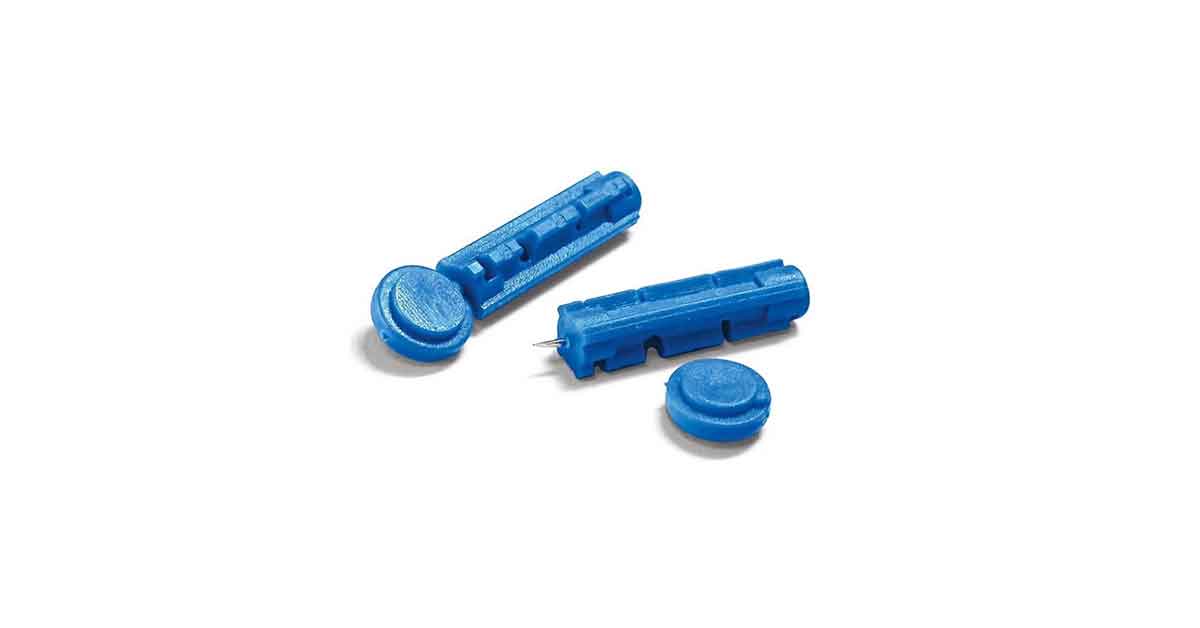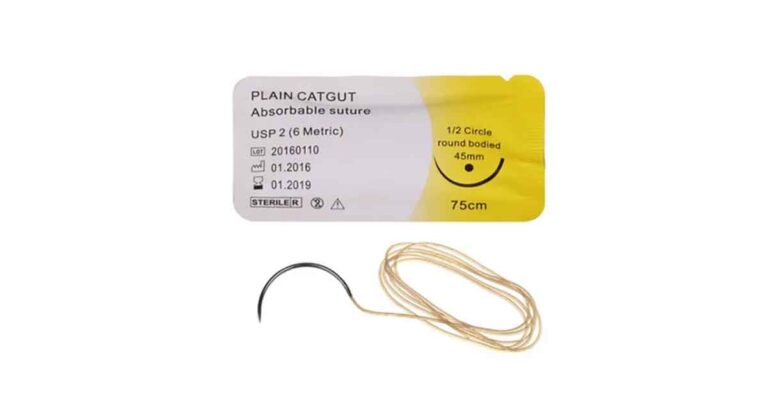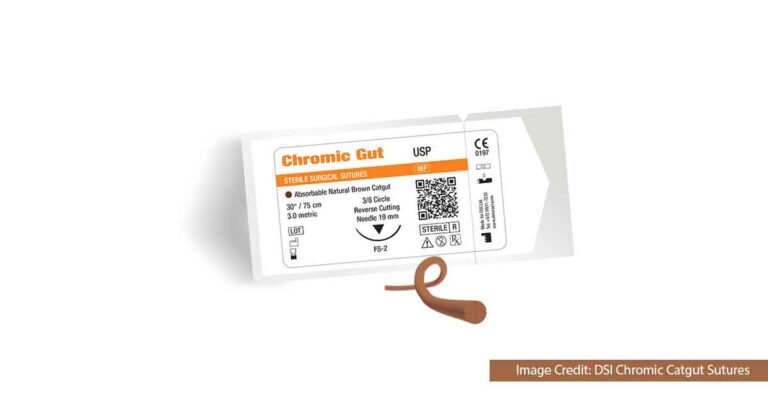A blood lancet, also called the lancet devices, lancer, or fingerstick device, is a small handheld medical instrument used for capillary blood sampling from the skin areas like fingertips, ear lobes, or heel. It is used for routine diagnostic tests such as glucose test, hemoglobin test, cholesterol testing and other blood test and normal blood collection for monitoring purposes. Blood lancet are mostly used in healthcare settings like hospitals, clinics, laboratories, and also homes.
This device is a small plastic cylinders contain a sterile steel needle housed inside the lancing device. The needle should make a small and controlled incision on the skin.
The material is plastic or metal, and are individually wrapped in a sterile package. Blood lancet is for disposable, and for single use, to prevent cross-contamination and ensure sterility.
The blood lancet is activated by manually pressing a button or by using a spring-loaded mechanism. This allows the needle to puncture the skin for sample collection.
The blood lancet comes with a sharp, pointed needle at one end to help in puncturing the skin. This needle is designed to be lancet-shaped, and very thin to reduce pain and trauma during puncturing. The needle also have a safety mechanism that covers it before and after the use. This is to prevent accidental needlestick injuries and for safe disposal.
Some blood lancet also comes with depth control, which could be adjusted to the desired depth of needle penetration. This ensure that enough blood sample is collected without much discomfort.
Selection of Blood Lancet
Blood lancet now comes in many sizes: from 12G to 38G, according to diameter and length. The thinner lancet gauge size like 30G is suitable for children and people with sensitive skin.
The 26G blood lancet size is better used for individuals with thicker or calloused skin, like in diabetes and older population.
The diameter is a gauge (G) size, but can also be expressed in millimeter (mm). Most stainless-steel lancet has a diameter of 0.3-0.8 mm and can penetrate 0.7-1.3 mm into the skin.
When selecting a blood lancet, choose the ones with small needle gauge sizes. The first used gauges were 23 and 25 gauges, but the 28 and higher gauges are mostly used today. The smaller the gauge number, the larger and thicker the needle. Lower gauge needle produce larger skin puncture but elicit more discomfort in patient.
Large gauge numbers have small, thinner needle with small diameter. An 18G needle is larger than a 30G needle.
The length of the lancet is measured in millimeters (mm). But the lancet length does not determine the depth of puncture, the lancing device allows us to set the depth of puncture. Typical needle length is between 1 and 3 mm.
Self-contained lancet units are the best, and they come in different sizes and colors.
Types of Blood Lancet
Lancet is mostly used for blood glucose testing in type-2 diabetes, though there are other applications.
In diabetes testing, the lancet is used to collect the blood sample while the test strip is used to determine the blood glucose level using the already collected blood sample.
Standard or Traditional Lancet (Twist Cap)
This type is a molded piece of plastic with a round cap. The round cap covers the sharp needle, which can be exposed by twisting the round plastic cap.
The traditional lancet comes in different styles and designs like the standard (with exposed needle and handle for grip), pull-top (where pulling the protector off the top exposes the needle) and twist-off (twisting the top off will expose the needle).
To use the standard lancet, jab the needle into the finger to get the drops of blood. But this could be painful. A more preferable method used by most people is to combine the lancet with a “lancing device” or a “lancer”.
This type of blood lancet is disposed after use as reuse can dull the needle making it difficult to collect the blood sample and also increases the risk of infection.
Safety Lancet
Safety lancet was mostly used in the hospital, but it is now available for home use as the main choice for in-home diabetic monitoring. It’s a 2-in-1 device that is less ambiguous to use, has safer disposal and reduces pain that comes with regular lancets.
Safety lancet comes with a body, with a twist off cap, and a preloaded retractable needle, that is not exposed, inside the device. The design of the lancet can either be spring-loaded (manual) which is activated with the push of a button, or it can be a part of a passive device (fully automatic) which is activated by the pressure or contact with the sample area.
The fully shielded and retractable needle prevents accident and reduces needlestick injuries.
After the use, the lancet is shielded to prevent exposure to the sharp needle.
To use the safety lancet, the cap is twisted off. Pressure is applied to the fingertip to activate the needle. Then, the fingertip is gently squeezed to give enough blood sample for test.
This device has an additional advantage of being portable.
Specialty Lancet
This type include vacuum, suction, and other newer technologies.
Types of Lancing Devices
Apart from the types of blood lancets, we also have varieties of the lancing devices.
Single-use disposable device:
This type is used with the safety lancet and are discarded after use.
Blade-only device
Other alternatives have replaced the device. The user holds the lancing device in one hand and then lances the finger with the opposite hand.
Reusable lancing device
This lancing device is mostly included with the blood glucose monitor (BGM). It is easier to use and also have feature like depth adjustment. Though the lancing device is used repeatedly, the lancet is discarded after use.
Specialty lancing device
The specialty devices include vacuum devices, electronically controlled devices, and laser devices. Laser devices do not need a needle.
How to Check Blood Glucose using the Lancet
- Prevent infection by washing the hand with soap and water.
- Turn on the glucometer and insert the test strip
- Open the lancing device cap and add the unused lancet.
- Remove the round cap by twisting it off, hence exposing the needle.
- Put the cap back on the lancing device
- Determine the depth of puncture by adjusting the setting
- Cock the device and put the lancing device on the finger.
- Press the button to fire the lancet
- Then squeeze the fingertip gently to get enough blood sample for glucometer testing.
- Remove the lancing device cap again after use.
- Put back the round cap on the lancet
- Remove the used lancet from the lancing device and dispose safely.
Precaution while Using Blood Lancet
- It is for single use only. Discard after each finger prick.
- Use aseptic technique to insert the lancet
- To prevent stick injuries while using the lancet, wear gloves.
- Dispose the lancet in a puncture proof safety container. Incinerate or bury the puncture proof safety container in a designated environment after.
- Do not use the product if the packaging is damaged.
- Avoid storing in excess temperature or humidity.
References:
- https://surginatal.com/brands/surginatal/blood-lancet-100-pcs
- https://supply.unicef.org/s0531996.html
- https://hellopip.com/blogs/pip/types-of-lancets-1
- https://www.advacarepharma.com/en/medical-devices/blood-lancets
- https://presspogo.com/blogs/managing-diabetes/guide-to-different-types-of-lancets-for-diabetes
- https://www.vitalitymedical.com/lancing-devices.html












